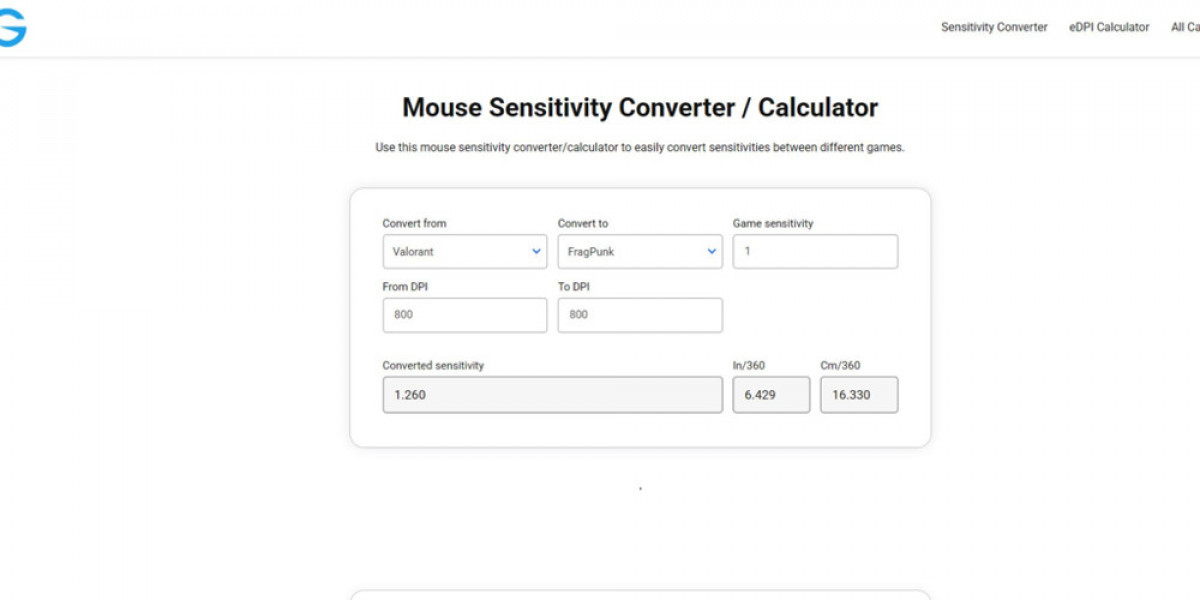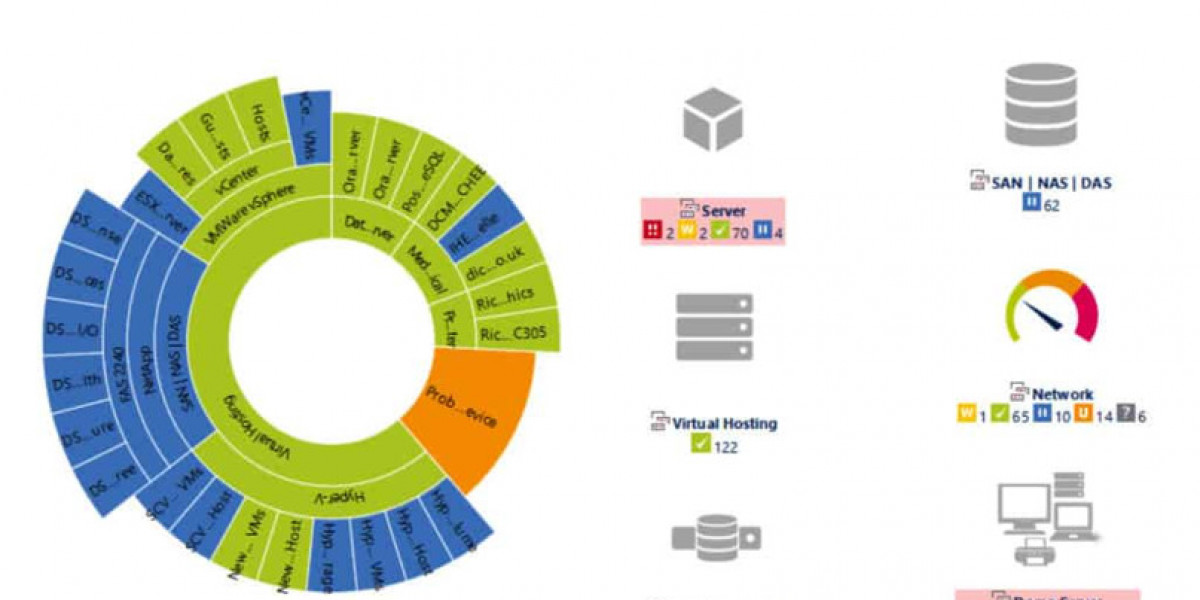Microcopy That Saves Lives: What a Danger Sign Should Actually Say
In the context of public safety, signs are often the first line of defense against danger. Whether it’s a hazard in the workplace, on the road, or in public spaces, clear and effective communication through signs can save lives. Yet, despite the importance of these signals, many danger signs are vague, overly technical, or simply ineffective. The microcopy—the small but crucial text on emergency signs—plays a vital role in ensuring that people understand the immediate threat and how to respond.
While the word "danger" on a sign is a step in the right direction, it’s not enough. What truly makes a difference is the choice of words, the tone, and the clarity of the message. When it comes to emergency signs, getting the microcopy right is essential. Let’s explore why, how, and what a danger sign should actually say.
Why Microcopy Matters in Emergency Signs
Microcopy refers to the brief, focused text used on signs, buttons, forms, and other short messages that need to convey information in a concise and clear manner. In the world of emergency communication, especially when it comes to danger signs, microcopy is not just about conveying a warning; it’s about ensuring immediate comprehension. The stakes are high when lives are at risk. A well-designed danger sign can mean the difference between a quick, decisive action and tragic inaction.
The language used in emergency signs must be direct, accessible, and universally understood. A person doesn’t have time to decipher ambiguous or complex phrases when facing danger. Hence, the microcopy on these signs must meet a few core criteria:
Clarity: The message should be instantly clear.
Urgency: The tone should convey the seriousness of the situation.
Actionable: The sign should guide the reader on what to do next.
Conciseness: The message should be brief and to the point.
The Pitfalls of Ineffective Danger Sign Microcopy
Unfortunately, many danger sign fail to meet these expectations. Common mistakes in emergency signs include using jargon or technical terms that the average person may not understand. For example, a sign that says “Electrostatic Discharge Hazard” might be technically accurate, but it does little to warn someone effectively. Instead, it should say something like “Risk of Electric Shock – Avoid Contact” to provide clearer guidance.
Moreover, vague messages such as “Caution” or “Warning” can easily be overlooked or misinterpreted. These words alone do not convey a sense of urgency or a specific risk, leaving people unsure about the appropriate action to take. In some cases, the language used on signs is so weak that it fails to instill the necessary sense of threat. A danger sign that reads "Caution: Slippery Surface" might be overlooked until it's too late.
By using more direct, explicit language, the message becomes far more impactful. When designing a danger sign, one must always consider the immediate impact of the message on someone’s behavior in a crisis situation.
Best Practices for Crafting Life-Saving Danger Sign Microcopy
Creating microcopy for emergency signs is both an art and a science. It’s important to balance the urgency of the message with clarity and simplicity. Here are a few best practices for crafting effective microcopy for emergency signs:
1. Be Specific About the Danger
A generic message like "Danger" or "Warning" lacks the specificity needed to trigger an appropriate response. It’s important to describe the exact nature of the hazard. For instance, rather than saying "Danger: High Voltage," a sign should say something more informative like, "Risk of Electric Shock – Do Not Touch."
2. Use Simple, Action-Oriented Language
The primary goal of a danger sign is to inform people of a threat and tell them how to act. Use action verbs that are clear and direct. For instance, "Evacuate Immediately" is far more actionable than "Evacuation Recommended." Similarly, "Stay Clear" conveys immediate action compared to more passive language like "Avoid Area."
3. Emphasize the Consequences
One effective strategy in microcopy is to highlight the severity of the danger. For instance, “Risk of Death” or “Severe Burns Possible” immediately raises the level of urgency. People are more likely to take immediate action when they understand the full consequences of inaction.
4. Consider Visual Hierarchy
While the text is crucial, the design of the sign also matters. The size, font, color, and placement of the text all impact how well the microcopy communicates its message. Use bold fonts for critical words like "DANGER" or "WARNING" and ensure the text stands out against the background.
The Role of Symbols in Danger Signs
Visual cues also play an essential role in danger signs. Symbols or icons can quickly communicate information without relying on text alone. This is especially useful for environments with a diverse population, such as airports, train stations, or international workplaces where language barriers may exist.
For example, a simple icon of a flame next to the words "Fire Hazard" immediately conveys the type of risk, even without a full understanding of the language. Combining text and symbols can create more universal, accessible messages that work across different languages and cultures.
Real-Life Examples of Effective Danger Sign Microcopy
Radiation Warning Signs: These signs are typically found in medical or research settings, and the best examples include clear warnings, such as “Caution: Radiation Area – Stay Out.” The addition of a universally recognized radiation symbol makes it easy for anyone to understand the threat.
Construction Site Signs: In construction zones, danger signs are vital for worker safety. An effective sign might read, "Warning: Falling Objects – Hard Hats Required," immediately informing workers of the hazard and how to protect themselves.
Chemical Hazard Signs: A sign that reads "Warning: Toxic Gas – Evacuate Area Immediately" communicates the danger and the required action, offering clear instructions in a brief, effective manner.
Testing the Effectiveness of Microcopy in Emergency Signs
While designing emergency signs, testing the microcopy can significantly improve its effectiveness. User testing, where people are asked to interpret and act on the information, can help identify any confusion or misinterpretation in the language. This testing can be particularly helpful in environments where signs are meant for a wide audience, such as airports, factories, or public transit systems.
Testing should focus on both comprehension (whether people understand the message) and action (whether people take the appropriate steps based on the message). It’s important to ensure that the microcopy doesn’t leave room for doubt or indecision when it comes to emergency situations.
Conclusion
The microcopy on a danger sign may seem like a small detail, but it has the power to save lives. By focusing on clarity, specificity, and urgency, the language used on emergency signs can significantly improve safety outcomes in critical situations. By following best practices for effective communication, we can ensure that danger signs do more than just warn—they can actively guide people toward protective action, making all the difference when it matters most.







